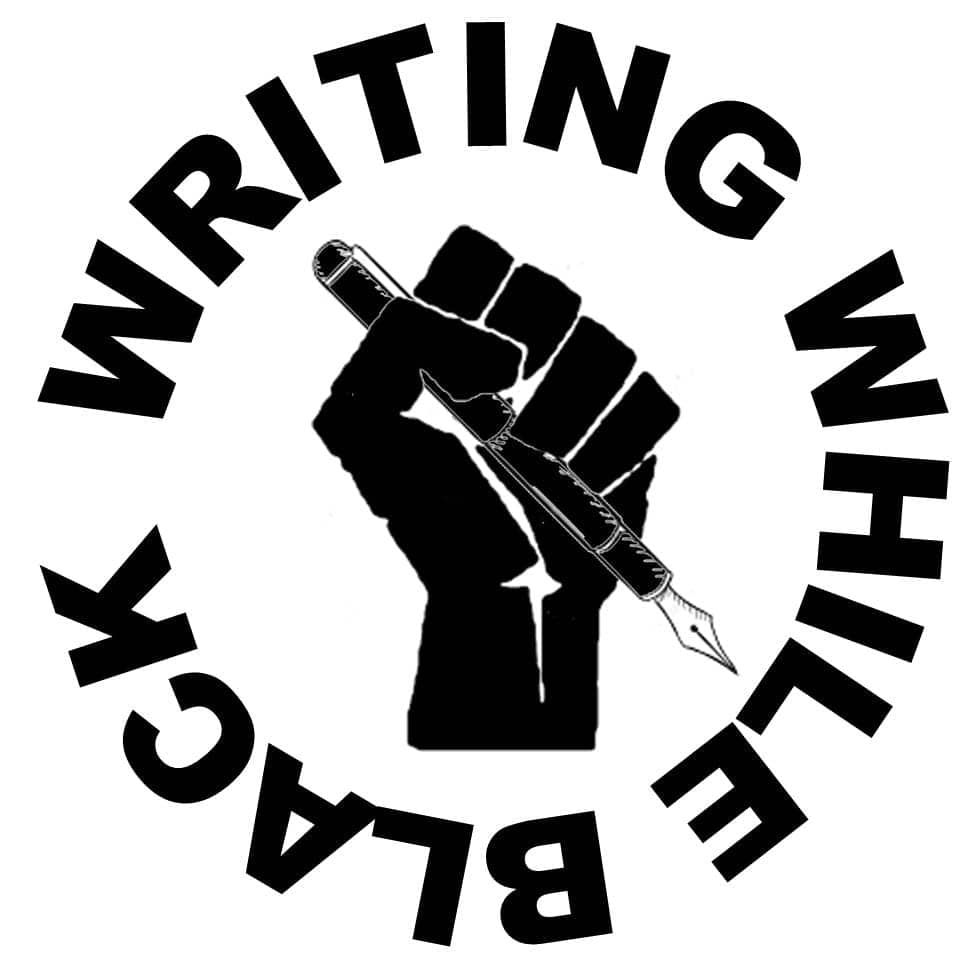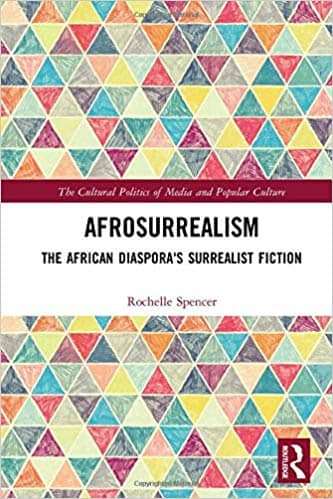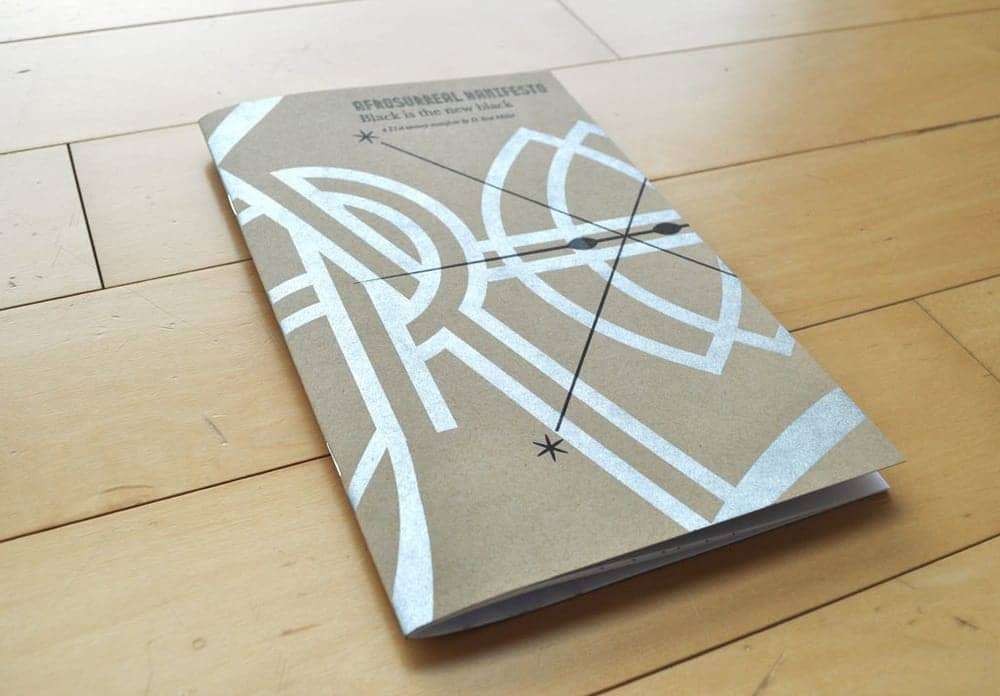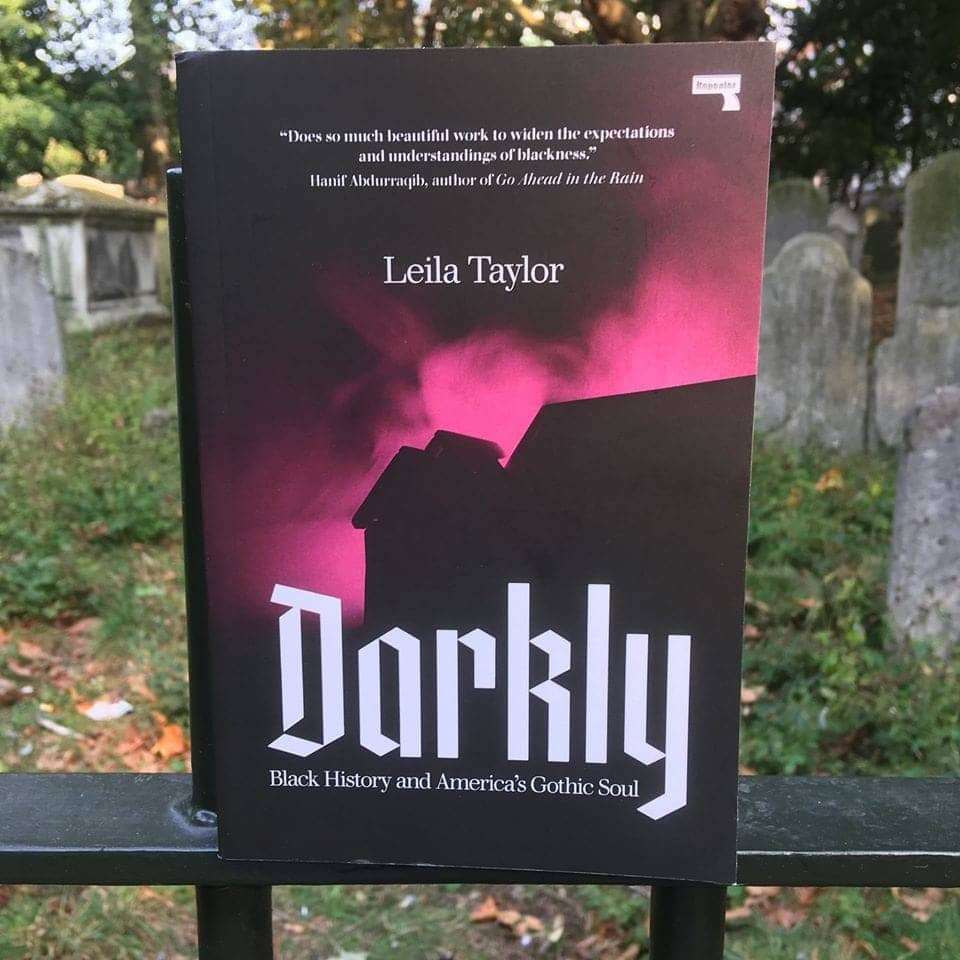In Afrogothic, Afrosurrealism, Afrofuturism and other genres
by Sumiko Saulson

Mainstream fiction genres such as sci-fi, horror and fantasy have visual arts components to them. Conventions and festivals often have a separate arts room displaying fantasy and science-fiction centered painting, digital art and sculpture. Music like horror core is associated with the horror genre, and there are horror centered visual arts movements as well.
Translating the space between visual, literary and other components in an arts movement can be tricky at times, and distinctions between the genres themselves can be muddied by the uninitiated and ill-informed. D. Scot Miller, author of the San Francisco Bay Guardian article, “Afrosurreal Manifesto: Black is the new black – a 21st century manifesto,” identifies as a culture worker and as such finds it important to keep the legacy of Afrosurrealism clear and protect it from conflation with other genres. “The Manifesto” was re-released in a limited press edition run of 500 in 2012.

“The Afrosurreal Arts Movement is supported by Ishmael Reed, Kara Walker, Kehinde Wiley and so many others, and was formed by working closely with the late Amiri Baraka. There are legacies and ancestors’ contributions at stake. Our growing pantheon demands rigor, and I am here to steward it,” declared Miller.
His purity of vision has has led to some disagreements with more inclusive views of AfroSurrealism, as he has criticized Rochelle Spencer’s work, “AfroSurrealism: The African Diaspora’s Surrealist Fiction,” for including weird fiction by African diaspora authors, among other things. He considers newer genres like Ethnogothic and Afrogothic silly.

“Ethnogothic was made up by Stanford Carpenter and John Jennings about five years ago. Amiri Baraka came up Afrosurreal Expressionism in 1974. Mark Dery (a white scholar) coined Afrofuturism in 1995,” Miller added. “Afrosurreal is older than any of those other terms. Henry Dumas and Ralph Ellison – they laid the groundwork for Morrison, and she was Dumas’ editor and champion in the publishing world. Baraka called Morrison’s work Afrosurreal Expressionism in 1974.”
One of the issues he has with the Afrofuturist and Afrogothic movements is our tendency to include mainstream Black genre fiction writers like Octavia Butler under the umbrellas. He is refreshingly unafraid to tell his truth.

“Octavia Butler wrote science fiction. She and Delany are some of the best to do it. I think labeling them Afrofuturist does them both a great disservice. They crushed the white boys at their own game. Call them science fiction writers and give them their due,” argues Miller.
However he may feel, a growing number of authors are acquiring and assigning these Afrocentric genre labels. Afrogothic is a subset of the Ethnogothic genre label, and performance and recording artist M. Lamar coined the term Negrogothic to describe his music.
“Negrogothic was a collection of songs about lynching, sexual exploitation, plantation fantasy, fetishization of big Black dick, this horror romance that seems to be fundamental to the US experience of Black people. The horror is essentially documented with slavery, police brutality, redlining,” says M. Lamar, Negrothic singer-songwriter and performing artist.
“The horror is pretty well documented, but the romance is harder to talk about because of the way that Black people’s culture is placed. You know, we were kidnapped and bought here, so the romance becomes about the culture we created here. You take away African Americans from the politic, and would there be rock and roll, hip-hop? Would there be jazz?” asks Lamar.
In my interview with him, he discusses the Afrogothic literary movement in some detail. He toured with Leila Taylor, author of “Darkly: Black History and America’s Gothic Soul.”
“Leila Taylor has a book, “Darkly,” and what’s lovely about it is she spent a lot of time with Toni Morrison, and you’ve spent a lot of time with Toni Morrison, like you said, with ‘Beloved.’ That, as a narrative, fits squarely within that (Afrogothic) genre,” M. Lamar, Negrothic Singer/Songwriter and Performing Artist.

Although M. Lamar was unable to make it to San Francisco for the Black Gothic Takeover event at Club Vantablack, the fabulous Black-fronted multicultural Sacramento gothic band In Retrograde brought all of their star quality to the performance, and my band Stagefright ended up headlining the show. Afrogothic is a literary and musical genre, and I am a part of it.
Bestselling author Sumiko Saulson writes award-winning multicultural sci-fi, fantasy, horror and Afrosurrealism. Winner of the 2017 Afrosurrealist Writer’s Award, 2016 HWA Scholarship from Hell, and 2016 BCC Voice Reframing the Other Award, (he)r monthly series Writing While Black follows the struggles of Black writers in the literary arts and other segments of arts and entertainment. (S)he is gender non-binary. Support (he)r on Patreon and follow (he)r on Twitter and Facebook.





